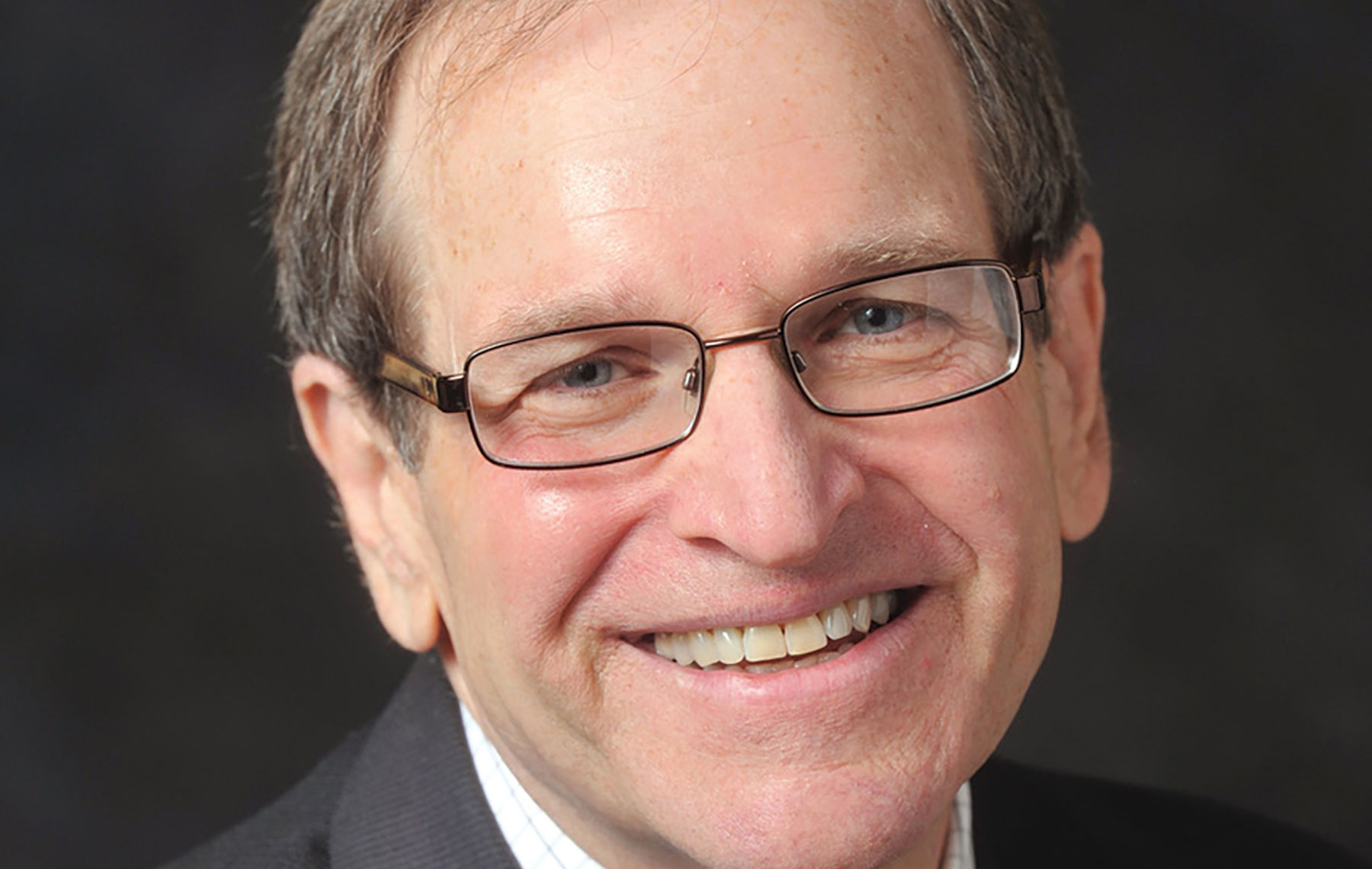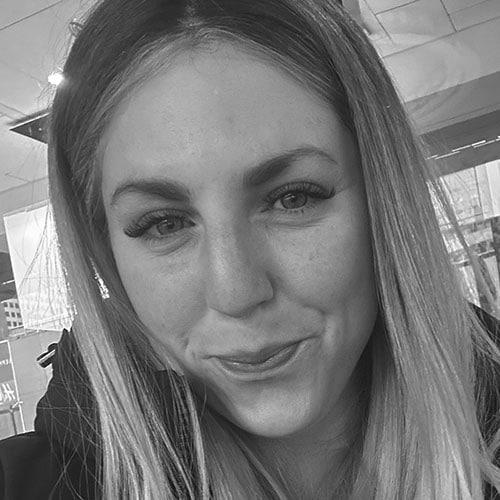 Photo courtesy of Ron Wolfson
Photo courtesy of Ron Wolfson In 2013, Ron Wolfson published “Relational Judaism: Using the Power of Relationships to Transform the Jewish Community,” designed to boost Jewish affiliation in Jewish organizational life. Last year, he published “The Relational Judaism Handbook,” and plans to release a new edition in December.
In the handbook, the Fingerhut professor of education at American Jewish University and president of the Kripke Institute, argues that Jewish institutions need to focus on relationships first and foremost in order to build their communities. The Journal caught up with Wolfson, who spoke about what relational Judaism entails and how Jewish leaders can put it into action.
Jewish Journal: What do you hope to accomplish with “The Relational Judaism Handbook?”
Ron Wolfson: To foster relational engagement campaigns. These are efforts Jewish community organizations can make to engage people who are already connected in a deeper way, and to make an atmosphere of welcoming new people into organizational life. The hope is to reverse the trend around the country of under-affiliation or just simply people opting out of any formal connection to the Jewish community. The goal is to help the leaders of these Jewish organizations embrace the idea of focusing energy beyond programs and a transactional relationship with the organization and instead getting to know people. It’s all about relationships, and people should come before programs.
JJ: Is it a certain generation of Jews that is disengaging or is it across the board?
RW: It’s across the board. The typical affiliation lifecycle is when someone has a child who is ready for a Jewish education, that’s when they often show up for synagogue or day school. People are getting married much older. The millennial generation is kind of resistant to join institutions like their parents or grandparents joined automatically. And then you have the opposite end of the scale, where you have empty nesters and baby boomers who tend to drop out of organizational life once the transactional relationship is over. There are a lot of issues with retention of membership. If we want to keep these institutions growing, it’s not sufficient to only focus on parents with kids.
JJ: Are Jewish institutions in the U.S. in trouble?
RW: I would characterize it as a challenge. We’ve got to change some of the paradigms we have assumed are the ways to engage people in Jewish life. The main point of relational Judaism is: Do you and your institution really know the people you’re trying to serve, or do you just expect their contribution? We need to get to know people in a deeper way so they feel connected on three levels:
• Do they know someone in an institution like a rabbi, a federation professional or a staff member at the Jewish community center? Do they have a personal connection with someone on the professional or leadership level?
• Between the members of the community. It’s not hard to quit an institution, but it’s hard to quit your friends. If you have deep connections at the Jewish community centers, with other day school parents, with the federation or with your synagogue, then there is a better chance you will stay connected well beyond the original reason you joined the organization.
• A connection to Jewish living, where you help bring people to a deeper appreciation of Judaism.
“We’ve got to change some of the paradigms we have assumed are the ways to engage people in Jewish life. The main point of relational Judaism is: Do you and your institution really know the people you’re trying to serve, or do you just expect their contribution?”
JJ: Why are Jews becoming less engaged?
RW: If people show up at an event and they aren’t welcomed warmly, they won’t come back. Synagogues are doing better over the last 10 years with having greeters, but sometimes people show up and feel like they are not engaged with in the way they expect. It’s a challenge during the High Holy Days when security is very tight. Some of the best welcomers at synagogues are security guards who say, “Shabbat Shalom” or “Happy New Year.” People have to step up, too. It’s partly their responsibility to meet these folks in organizations and volunteer and engage.
JJ: Do you think there is an overall trend for people to put technology before relationships?
RW: I don’t think there is any substitute for face-to-face relationship building. The savvy community organizations have a robust presence on social media and a vibrant website, and all that is important, but I don’t know of any substitute to sitting down with someone over a cup of coffee and hearing their story. It’s showing a genuine interest in people’s lives. I think it’s happening more and more now. In two synagogues, their membership grew by 40% over five years. That’s a huge success. When I asked a leader the secret to this success, they said they improved their welcoming ambience, sat with people one-on-one, helped connect professionals in the organization with other members of the community, and helped people find meaning in Jewish living. It really does work if you put your heart and mind into it.
JJ: What synagogues and institutions in Los Angeles are modeling the relational Judaism you strive for?
RW: Hillels have always been on the front line on this with college campuses. Three congregations in L.A. are featured in the second edition [of my book]. Rabbi Erez Sherman at Sinai Temple has devoted his rabbinate to building these relationships. They have clergy breakfast with parents every year by grade level. Rabbi Jonathan Jaffe Bernhard at Adat Ari El has done a combination of relational work and has a sustainable dues model. Their population increased significantly. Rabbi Noah Farkas at Valley Beth Shalom wrote about the use of social justice work to engage. Wilshire Boulevard Temple hired a relational engagement person. IKAR has house parties where people can meet each other. These congregations are doing a good job.
JJ: What do you think the future of community Judaism will look like?
RW: I think it will be vibrant. I’m an optimist. There are many examples of new kinds of institutions that are emerging and those are exciting to watch. The legacy institutions like synagogues and federations and some of the schools are onto this now. They know they have to change their model and they are working on it. We have a long way to go but I’m encouraged by these early signs of success.





















 More news and opinions than at a Shabbat dinner, right in your inbox.
More news and opinions than at a Shabbat dinner, right in your inbox.